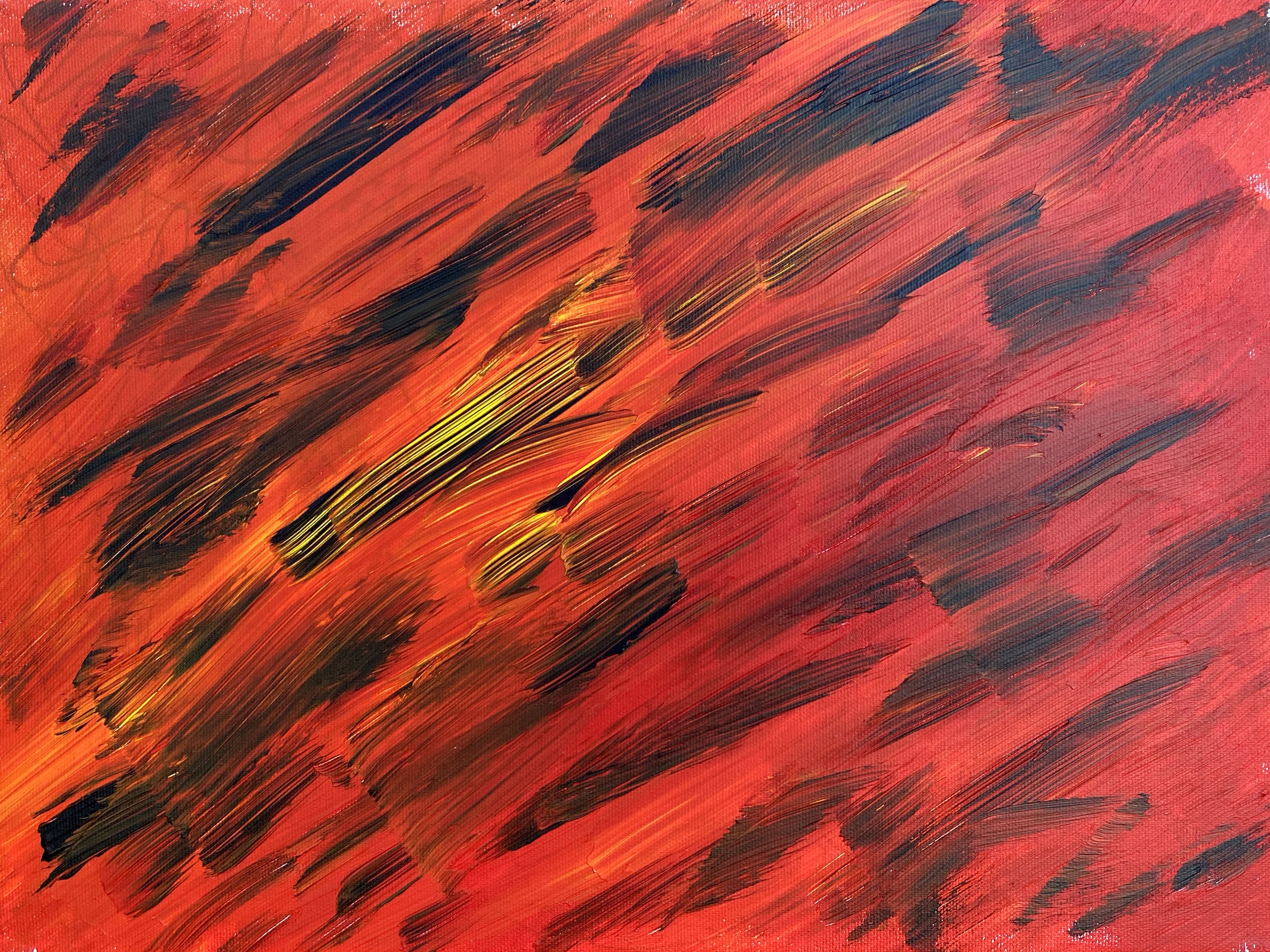What to do with the energy of anger

On Sunday, I treated myself to watching the final match of the men’s French Open tennis tournament. Novak Djokovitch was down two sets against Rafael Nadal (my favorite player), when the commentator said that he’d like to see Novak get angry. “I’d actually like to see him throw his racket right now,” he said. “He’s got to turn his energy around.”
Anger is indeed a powerful source of energy, well known to me and probably to you too. More than once I’ve asked an angry friend or student: “Okay, so you’re angry. How are you going to use that energy? What do you want to do with it?”
But what do we do when angry energy threatens to become overwhelming? We live in angry times, and many people have noted the ascendance of outrage as a feature of our culture. The magazine Slate named 2014 the “year of outrage.” The vortex of outrage has only intensified since then.
Anger and outrage are complex because they are painful, and yet also pleasurable. Brain researchers describe outrage as a chemical storm that our brains become habituated to. Social media feeds this; even as it exhausts us, we want more.
An important question arises: how do we work with our anger in ways that are non-addictive, non-violent and even fruitful?
A first step is to welcome the positive potential of anger. Anger arises from our sense of powerlessness, injustice or loss of status — common human experiences. Ursula LeGuin writes: “Anger is a useful, perhaps indispensable tool in motivating resistance to injustice.”
But anger alone does not get the job done. LeGuin continues: “Anger points powerfully to the denial of rights, but the exercise of rights can’t live and thrive on anger. It lives and thrives on the dogged pursuit of justice. . . . Anger continued on past its usefulness becomes unjust, then dangerous. Nursed for its own sake, valued as an end in itself, it loses its goal. It fuels not positive activism but regression, obsession, vengeance, self-righteousness. Corrosive, it feeds off itself, destroying its host in the process.” Indeed the corrosive and destructive potential of anger are on vivid display at this time.
And yet anger is useful. Whether in tennis or in social contexts, anger is a powerful signal that we have work to do and is a source of energy for that work. The poet David Whyte asserts: “Anger . . . is a quality to be followed to its source, to be prized, to be tended, and an invitation to finding a way to bring that source fully into the world through making the mind clearer and more generous, the heart more compassionate and the body larger and strong enough to hold it.”
The Dalai Lama, when asked how he deals with anger, answered that he begins by saying, “Hello, little anger.” This response makes me smile because it reminds me that I am larger than my anger. I can stand outside of my anger, even as I feel it surge through my body, and honor it. We can put anger to good use if we tend it, appreciate its energy and do not get stuck in it.
Paul wrote to the Ephesians (4:26), “Be angry, but do not sin…” Psalm 4:4 similarly instructs: “Tremble and do not sin; when you are on your beds, search your hearts and be silent.”
Learning how to use anger fruitfully is the work of a lifetime, and these times give us plenty to work with. Here are my intentions: Recognize and greet my anger. Follow it to its source. (Writing and talking help here.) Try not to do damage in the process. (In other words, do not sin.) Harness the energy and put it to work. Something good is calling itself forth.
Rebecca Stoltzfus




